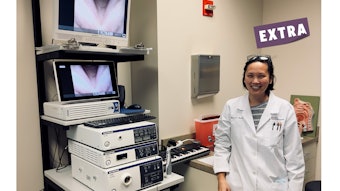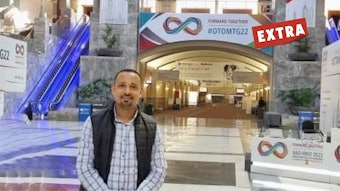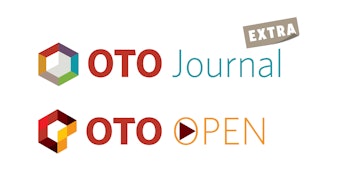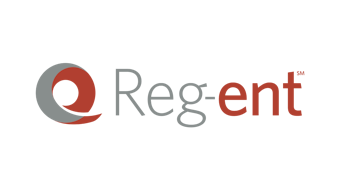Beyond Compensation: A Focus on Employee Engagement and Retention
The Private Practice Study Group (PPSG) recently explored and reported on what motivates and engages employees in private practice.
David E. Melon, MD, PPSG Vice Chair; Daniel R. Gold, MD, and Melanie Seybt, MD, PPSG Executive Committee members; and Marc G. Dubin, MD, PPSG Chair

Within the next five years, nearly 6.5 million entry-level healthcare workers (e.g., home health aides, certified nursing assistants, etc.) will permanently leave healthcare occupations, resulting in a shortage of 3.2 million workers by 2026. More widely available flexible working opportunities with competitive or superior compensation and desirable benefits are luring workers from healthcare, according to the 2022 US Mercer Turnover Survey (Mercer). In an already tight labor market, scarcity of talent will continue to predominate.
For most private practices, employees represent both their biggest expense and their most valuable investment. But these recent labor market pressures and fluidity among entry-level workers have challenged the stability of this once reliable resource. Independent private practices may be particularly vulnerable to destabilization as many may lack the financial resources or leverage to compete in the employee marketplace. This has led many to question how they can attract, engage, and retain competent staff.
The Private Practice Study Group (PPSG) recently explored what motivates and engages employees during the March 29 webinar “Employee Engagement & Retention: Understanding and Addressing Workforce Challenges.”
Current Staffing Challenges
A recent snap survey by the PPSG of more than 40 private otolaryngology practices, from smaller (15 or few employees) to larger (more than 300 employees), indicated that most practices experienced “a great deal” (40.5%) or “a lot” (16.7%) of difficulty hiring for open positions (Figure 1).
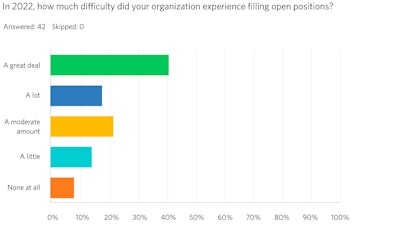 Figure 1. Difficulty filling open positions.
Figure 1. Difficulty filling open positions.
Many practices likewise experienced high rates of staff turnover in 2022 (Figure 2). This mirrors the recent Mercer data that indicated the average employee turnover rate for all industries was 24.7%. It is estimated that an additional 33%-50% of all employees are actively considering leaving their current employer.
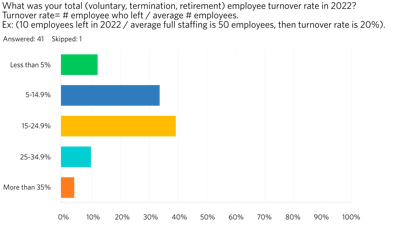 Figure 2. Employee turnover.
Figure 2. Employee turnover.
Staffing shortages and staff turnover have a significant impact on the health and viability of practices both in ways that can be measured and in others that are difficult to capture. In addition to time, the expense of hiring, onboarding, and training staff, the replacement cost for staff may be 50%-250% of an employee’s annual compensation depending on their level of experience or seniority. Aside from these financial implications, however, the deeper cost of staff turnover is the potential impact on clinical outcomes, patient experience, patient access, operational efficiencies, practice reputation, and staff morale. Moreover, turnover often begets turnover, further compounding the problem.
Understanding Employee Expectations
For independent practices, having a well-thought-out “people strategy” to attract, engage, and retain a stable workforce may simply be a matter of survival. But as owners and/or leaders in our practices, do we really know what our employees expect? Are the employment perceptions of owners and employees aligned?
Private practice owners recently ranked in order what they thought mattered most to their employees. Not surprisingly, a premium was placed on compensation with nearly 80% of respondents ranking it the first, second, or third most important value driver for employees. (Figures 3 and 4)
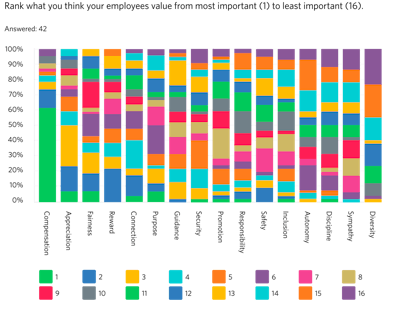 Figure 3. What employees value most.
Figure 3. What employees value most.
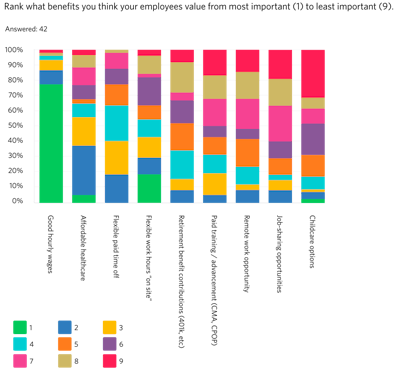 Figure 4. Which benefits do employees value most.
Figure 4. Which benefits do employees value most.
But beyond compensation and benefits, what is it that employees really want or value? The link between compensation, work satisfaction, motivation, and performance is likely much more complex than we believe. Although the current workforce does place a premium on compensation, the motivational aspects of money can only go so far, and other factors also play a significant role. Understanding this is critical to avoid perpetuating misaligned employer-employee expectations and foundational to creating an employee engagement and retention strategy.
Advancing Employee Engagement
Employee engagement is one of the strongest measures for predicting employee turnover; therefore, understanding what drives employee motivation is critical. Although it is essential to ensure that hourly compensation is, at a minimum, competitive in the regional marketplace, higher compensation alone ultimately results in diminishing return.
Instead, employers must leverage intangible benefits like growth opportunity, recognition (especially from peers), and inclusiveness. But employers should also not be quick to assume that their perceptions of value are shared equally by all employees. Rather, early engagement begins with an individualized understanding of what motivates your specific employees, understanding their preferred communication pathways including the best way to receive feedback, how they manage stress, what qualities they value in peers, and how they tend to best manage their daily tasks or projects.
Webinar panelist, Dianne Williams, CEO of ENT Associates of Alabama, P.C., and president of ASCENT (Administrator Support Community for ENT) notes that growth opportunities are powerful drivers of employee longevity. Structuring pathways for internal training and professional advancement genuinely make a difference in engagement. In-house training modules may be developed for medical assistants, those in billing, specialists, coders, surgery schedulers, and precertification specialists. Paid after-hours cross-training provides a win-win for employer and employee alike.
Performance recognition from peers is also a significant employee engagement driver. Jim Fedio, director of professional development for Fuel Medical and participating panelist, notes that peer recognition is another critical engagement element. Written compliments and simple thank-you’s from physician-owners go a long way. Acknowledgment of growth and achievement promotes openness, collaboration, and teamwork and is fundamental to a health practice culture of engagement.
Shauna Palmer, practice administrator of ENT Associates of Worcester, has focused on building a culture of engagement by promoting a sense of community and inclusiveness. Holding “town hall” type meetings for staff to engage with physicians on a smaller scale has fostered a sense of belongingness to the practice. Team building exercises, holiday celebrations, and work anniversary and birthday celebrations add a personal connection. Building a sense of community and a more intimate family feel may allow smaller practices to “compete on culture” rather than just compensation.
Measuring Performance and Facilitating Engagement
As employers struggle to attract, engage, and retain staff, the traditional annual employee review as a static performance assessment may be outdated. Although many practices still rely on the traditional annual performance review, nonscheduled reviews, or no reviews at all (Figure 5), there may be a better way for employers to measure and motivate their employees.
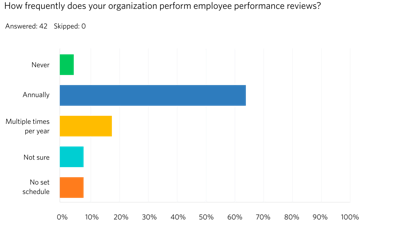 Figure 5. Frequency of employee performance reviews.
Figure 5. Frequency of employee performance reviews.
Sara Laughlin, human resource director of Fuel Medical and recent PPSG employee engagement webinar panelist, believes the traditional annual performance review is an arcane tool. Practices need to reconsider how they can provide meaningful feedback to employees. Consider the following:
- Don’t limit reviews to once or twice annually. Address issues as they arise.
- Set performance goals and clear expectations so employees understand their responsibilities.
- Explain how each employee’s position aligns with the practice’s overall mission, vision, and values. Having employees understand why their job matters underscores their contribution to the practice.
- Solicit feedback from employees. Reviews should be a bidirectional conversation. Consider employee communication preferences and self-reported motivators while providing feedback.
- Don’t discuss compensation during reviews. Employees are likely to be so focused on learning about a potential raise or bonus that they often lose focus on everything else.
Cultivating an Engagement and Retention Strategy
Although there isn’t a formulaic approach to an engagement and retention strategy, it is imperative for all employers to have a well-thought-out plan. Practices need to commit to prioritizing employee engagement just as much as any other strategic initiative. It’s never too late to start and never too early to reset expectations through a practice-wide re-onboarding reboot. Here are some foundational underpinnings to consider in any employee engagement strategy.
- Enable honest communication. Champion a process that supports confidential feedback and establishes a dynamic performance review in a manner consistent with an employee’s self-reported preferences.
- Be transparent and fair about compensation. If an employee believes they’re being underpaid compared with their colleagues, that can provide a strong motivation for quitting. Make sure your compensation is at least market competitive and consider wage transparency.
- Prioritize training and development. Professional growth is one driver of retention. Establish creative growth opportunities and demonstrate to employees that you are invested in their professional maturation.
- Develop recognition initiatives. By enabling employees to nominate their peers for performing well and providing a public forum where that credit can be shared publicly, employers bolster the sense of community in the workplace. The act of recognizing employees among peers for their work often fosters a greater sense of belonging within your practice.
- Support your people leaders. Supporting your employees won’t work without proper support for team leaders and managers. Ensure that managers have the correct training in place to operate efficiently.
- Cultivate a sense of purpose. From the initial onboarding and throughout their employment make certain that employees have a clear understanding of the mission, vision, and values of your practice and why they are doing what they are doing.
A recent anonymous survey response from a colleague highlights the significance of promoting a culture of purpose: “There are so many things required to retain and promote employee engagement. In my practice, the core ideology that we promote that has paid the most dividends to our workforce is promoting a culture of purpose…People will work hard for a ‘what,’ but they’ll give their life for a ‘why.’”


